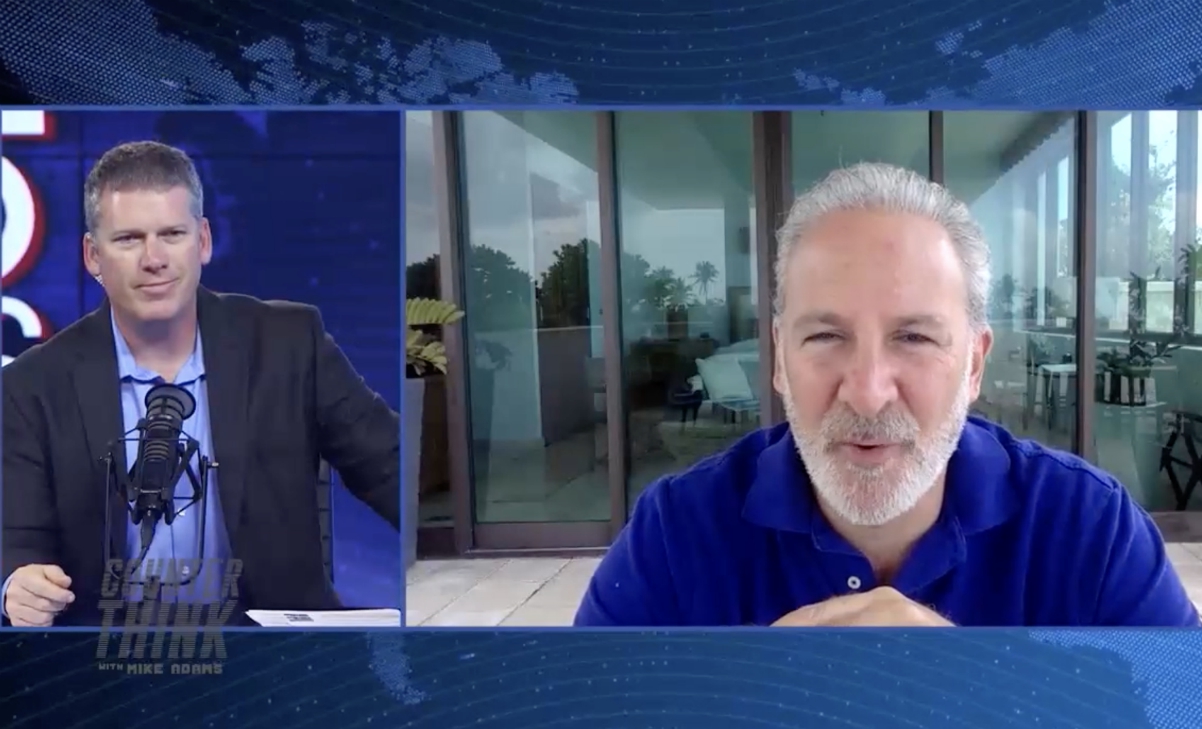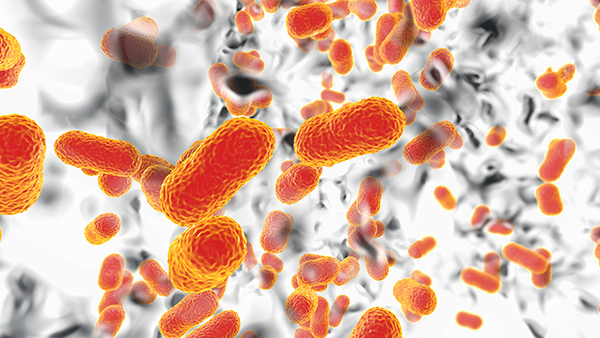
To keep the price of chicken from skyrocketing, the largest poultry processor in the United States – Tyson Foods - is reintroducing antibiotics into their meat supply. Tyson Foods processes around one-fifth of the chicken in the US, so this decision has enormous implications for consumers. For decades, Tyson and much of the commercial meat industry relied on antibiotics to speed up the growth of animals and to keep bacterial infections from wiping out their flocks. However, antibiotic overuse in agriculture began to spur antibiotic-resistant traits in bacteria, giving rise to a growing number of super bug infections around the world.
Tyson to re-introduce antibiotics (ionophores) into their poultry supply
As antibiotic-resistance became a global public health threat in the 21st century, antibiotic use in animals became a controversial practice. By 2011, nearly 30 million pounds of antibiotics were sold for animals, compared to just under 8 million pounds for humans. By 2013, the Food and Drug Administration (FDA) began to limit antibiotics in meat production. In 2017, Tyson pledged to remove antibiotics from their entire poultry supply. Tyson quickly became known for their tagline, “no antibiotics ever” and led the way for a cleaner commercial poultry supply.
However, as the cost of transportation and farming increases, and with the ever-increasing burden of inflation, Tyson has decided to start pumping chickens with antibiotics again. Currently, Tyson does not plan to use the same type of antibiotics that are used in human medicine. Tyson plans to use a class of antibiotics called carboxylic ionophores. These ionophores are primarily used as an anti-parasitic agent to fight coccidia infections. This parasite is found on all types of poultry farms worldwide. One single microscopic coccidial egg can produce over 500,000 offspring in just 4 to 7 days. Once an animal is infected, coccidia causes extensive gut damage and suffering that can lead to animal death. Ionophores are effective against coccidia and therefore may play a role in preserving the poultry supply.
Ionophore resistance has been documented, could cause more harm over the long haul
Interestingly, ionophores are more toxic to humans and are therefore not used in human medicine. The ionophores are like antibiotics in that they are made from a type of bacteria from the genus Streptomyces. Ionophores work by binding cations and transporting them across the cell membrane, disrupting cellular ion balance. Ionophores include the following drugs: monensin (Coban, Rumensin, Rumensin CRC), lasalocid (Avatec, Bovatec), salinomycin (Bio-cox, Sacox), narasin (Monteban, Maxiban), maduramicin (Cygro), laidlomycin (Cattlyst) and semduramycin (Aviax). They are currently used to promote growth in cattle, swine, chicken, turkey, and other farm animals.
Alex Wong, Assistant Professor of Biology at Carleton University, among others, has demanded a “systematic investigation” into the possible dangers of using ionophores in relation to human health. Ionophores directly impact the target animal’s metabolism and physiology, changing the gut microbiome through alterations to ruminal fermentation. Research shows that overuse of Streptomyces longisporoflavus, (the bacterium that produces the ionophore tetronasin) causes changes in cell envelope permeability, conferring tetronasin resistance over the long haul. This could put chickens at risk to super bug infections, and these risks could also be conveyed to humans.
Even though ionophore resistance cannot occur directly in humans because the drugs are not used in human medicine, the issue of cross resistance, and co-selection to medically important antibiotics could theoretically occur, especially if the meat industry continues to rely heavily on their use. This issue of public health importance has not been adequately studied or addressed by the industry.
For more on this issue, check out Superbugs.News.
Sources include:
Please contact us for more information.
















